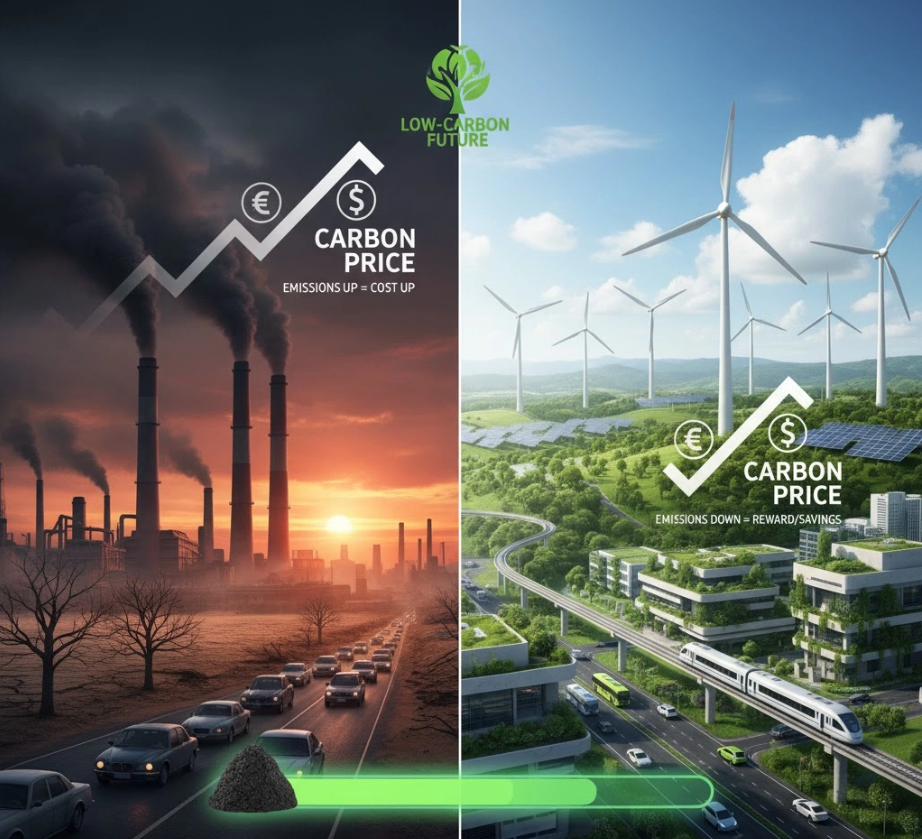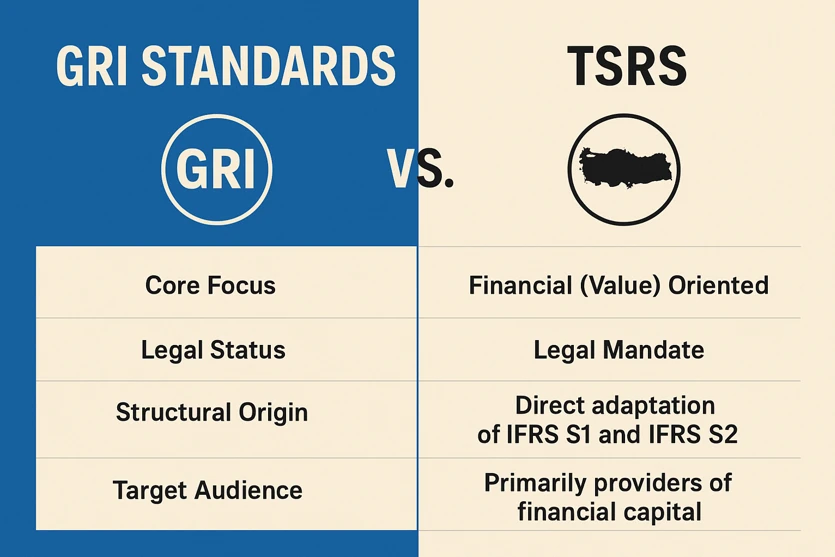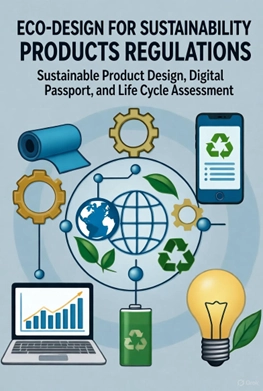Introduction
Global warming and climate change have become two of the most significant economic and environmental crises of the 21st century. Governments, corporations, and international organizations are seeking effective policies to reduce greenhouse gas emissions. Among these, carbon pricing stands out as one of the most efficient market-based tools.
The basic logic behind carbon pricing is simple: assigning an economic value to carbon emissions based on the “polluter pays” principle. This transforms carbon emissions into a cost factor, encouraging companies to invest in cleaner technologies to reduce their expenses.
1. What Is Carbon Pricing?
Carbon pricing is a policy instrument designed to internalize environmental externalities by assigning a monetary cost to greenhouse gas emissions. There are two primary approaches to implementing carbon pricing:
- Carbon Tax
- Emissions Trading System (ETS)
In addition, carbon credits and voluntary carbon markets serve as complementary mechanisms that enhance flexibility and effectiveness.
2. Carbon Tax: A Simple but Effective Tool
A carbon tax is a levy imposed on fossil fuels based on their carbon content or the amount of CO₂ emitted during their use.
- How It Works:
The government sets a price per ton of CO₂ equivalent emissions. Companies can either pay the tax or reduce their emissions through cleaner technologies. - Advantages:
- Simple and transparent.
- Provides predictable revenue for governments.
- Revenues can be redirected to renewable energy, energy efficiency, or social equity programs.
- Disadvantages:
- The effectiveness depends on setting the right price level.
- May create cost pressures in emission-intensive and trade-exposed sectors.
Example: Sweden has implemented a carbon tax since the 1990s and has successfully reduced per capita emissions while maintaining economic growth.
3. Emissions Trading System (ETS): Market-Based Flexibility
The Emissions Trading System operates under the “cap-and-trade” principle. The government sets an overall cap on emissions and allocates or auctions emission allowances to companies.
- How It Works:
Companies that emit less than their allowances can sell excess permits to others, creating a carbon market where prices are determined by supply and demand. - Advantages:
- Ensures that total emissions remain under the cap.
- Promotes cost-effective emission reductions.
- Disadvantages:
- Over-allocation of allowances can weaken the system’s effectiveness.
- Requires complex monitoring and regulatory oversight.
Example: The European Union Emissions Trading System (EU ETS) is the world’s largest carbon market, covering more than 30 countries since 2005.
4. Carbon Credits and Voluntary Carbon Markets
Carbon credits represent the reduction or removal of one ton of CO₂ equivalent from the atmosphere.
- Compliance markets (under Article 6.4 of the Paris Agreement) allow countries to trade emission reductions.
- Voluntary carbon markets enable companies and individuals to purchase credits to meet carbon-neutrality goals.
Carbon credits finance renewable energy, reforestation, and carbon sequestration projects, particularly in developing countries—supporting both climate action and sustainable development.
5. The Paris Agreement and Global Carbon Markets
Article 6 of the Paris Agreement defines the framework for international carbon trading:
- Article 6.2: Allows countries to trade emission reduction outcomes.
- Article 6.4: Establishes a global carbon market mechanism.
- Article 6.5: Defines accounting rules to prevent double counting and enhance transparency.
Through this structure, carbon pricing becomes not just a national policy tool but also a foundation for global cooperation and fair transition.
6. Conclusion: Toward a Just, Green, and Competitive Future
Carbon pricing—through taxes, trading, and credits—serves as a bridge between climate objectives and economic growth.
- It drives innovation for companies,
- Generates revenue for governments,
- And creates cleaner, healthier environments for societies.
Future economies will be shaped by nations that see carbon not as a free waste product but as a managed resourceessential for sustainable development.






